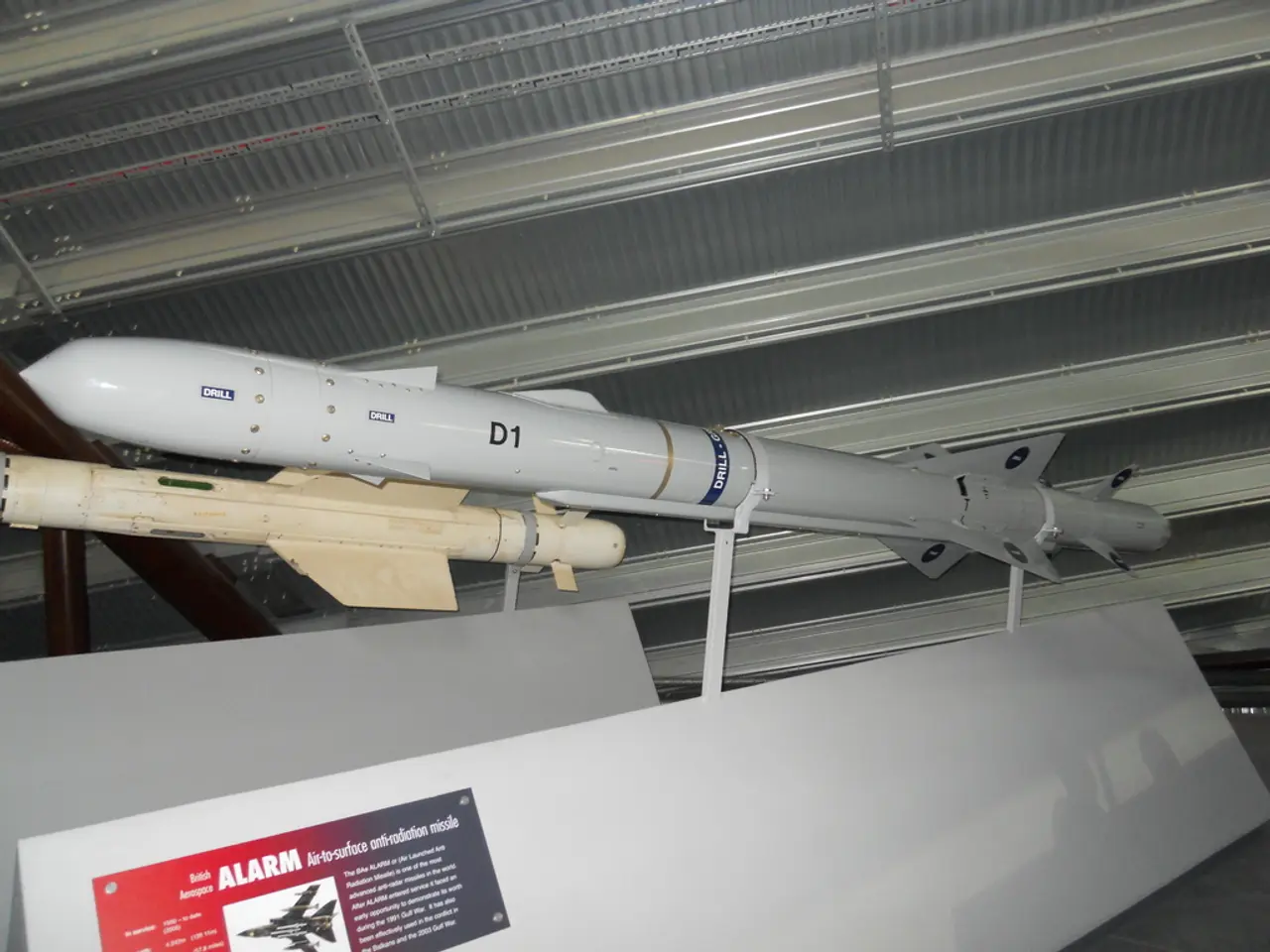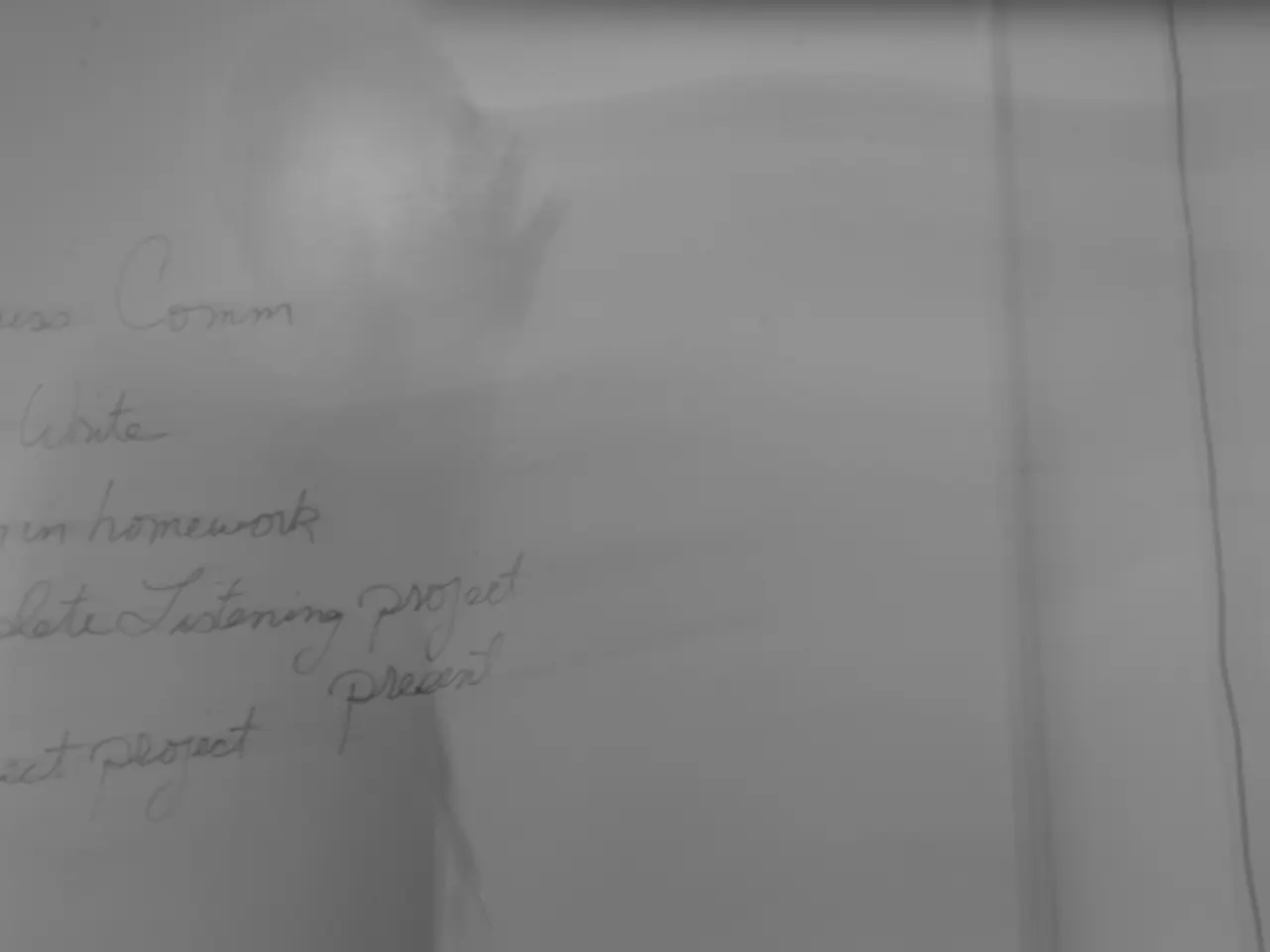Tech Giants Expand Tech Workforce to Cater to Surge in Demand
In the second quarter of 2025, the automotive industry has witnessed a significant surge in aftersales profits, with franchised new-car dealerships reporting increased customer-pay service work and sustained upticks in warranty work.
Group 1 Automotive, one of the leading players in the market, reported a 12.8% increase in U.S. parts and service revenue for the second quarter, amounting to $553.1 million. This growth is even more impressive when compared to the same quarter in 2024, marking a 9.2% rise in revenue for the first half of the year. The company's warranty work has seen a hefty 32% increase in the second quarter compared to the same period in 2024.
Similar trends have been observed at AutoNation Inc., where parts and service revenue reached $1.2 billion for the second quarter, a 11.5% increase compared to the same quarter in 2024. AutoNation's warranty work is up 25%, and customer-pay work is up 10%.
To capitalise on this growth, dealerships are focusing on strategies that increase service capacity without the need for additional service bays. Penske Automotive Group, for instance, increased their technician count by about 2% while managing approximately 6,000 service bays. Group 1 Automotive and Sonic Automotive have also emphasized hiring more technicians and enhancing service center productivity as key factors supporting aftersales growth.
Operational efficiencies and cost control are also crucial in competitive markets like the U.K. Dealerships are optimising their existing facilities to maximise output. Strengthening customer relationships and service advisor training are also important for improving customer retention and service frequency, thereby increasing throughput without additional bays.
Marketing efforts are targeted at both retaining existing customers and attracting new ones by highlighting dealership advantages such as OEM-certified technicians and warranty protections, which help drive more service visits.
Sonic Automotive added a net 335 service technicians in 2024, who are projected to generate total additional fixed operations gross profit at an annualized rate of about $100 million a year. Group 1 Automotive has increased Saturday hours and repurposed some of its collision-repair capacity to better-paying work to add capacity without adding service bays.
For the first half of 2025, Sonic Automotive reported fixed operations revenue of $939.5 million, up 7.8% compared to a year ago. The company's customer-pay revenue is up 9%, while warranty gross profit is up a substantial 34%. Without disclosing specific numbers, Sonic reports that customer-pay gross profit is up 9% compared to a year ago, while warranty gross profit is up a substantial 34%.
AutoNation Inc.'s technician headcount at the end of the second quarter is up 3% compared to the same quarter in 2024. Michael Manley, AutoNation CEO, expects the fixed ops business to grow "roughly mid-single digits" on average.
In conclusion, the growth in customer-pay and warranty service work in 2025 has driven higher dealership profits, and increased service capacity is mainly achieved through hiring more technicians, boosting productivity, optimising operational efficiency, and enhancing customer retention strategies rather than adding more service bays.
- The growth in dealership profits in 2025 can be attributed to an increase in customer-pay and warranty service work, as evidenced by the mentioned examples such as Group 1 Automotive and AutoNation Inc.
- To maximize service capacity without the need for additional service bays, dealerships have been focusing on strategies like hiring more technicians, improving service center productivity, and enhancing operational efficiencies.








